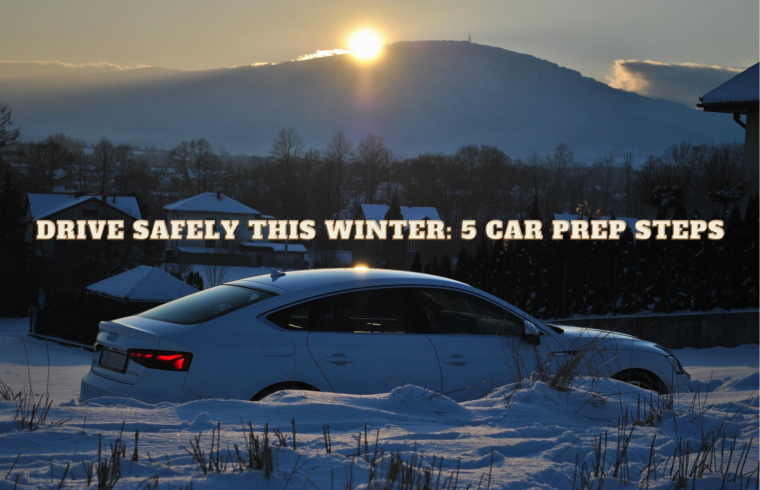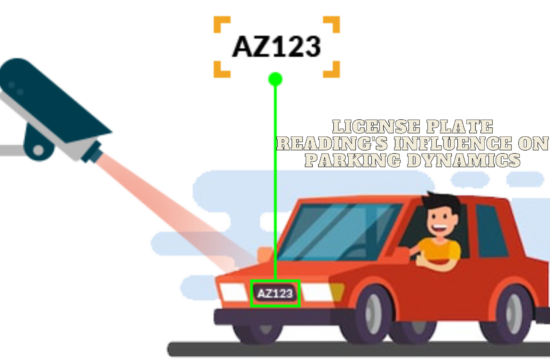We’re moving into the cooler seasons. Especially residents know that winter can come in a heartbeat. Is your car ready for it?
If not, now may be the time to start planning. To help you in that process, here are 5 tips you can follow to ensure you and your vehicle remain safe while preparing your car for winter.
Tire Tread for Confident Driving
Checking your tire tread is essential for winter car preparation. Tires with good tread depth provide better traction on snow and ice, reducing the risk of skidding and accidents. It ensures confident driving in challenging winter conditions, enhancing safety for both you and other road users.
Inspecting Your Vehicle’s Radiator Fluid
Inspecting your vehicle’s radiator fluid is crucial for winter readiness. Proper coolant levels prevent freezing in cold temperatures, protecting your engine from damage. It ensures your vehicle’s radiator functions efficiently, allowing the engine to maintain the right operating temperature. This check is essential for a reliable and well-maintained car during winter.
Wiper Blades in Ready Mode
Having wiper blades in ready mode is essential for winter preparedness. These blades keep your windshield clear of snow, ice, and slush, providing optimal visibility while driving in inclement weather. Well-maintained wiper blades are a safety necessity for navigating winter conditions, ensuring you can see and react to potential hazards on the road.
Brake Performance Evaluation
Evaluating your brake performance is crucial when preparing your car for winter. Cold and slippery conditions demand responsive brakes. Regular inspections ensure your brakes are in top shape, reducing stopping distances and preventing accidents. Trustworthy brakes are vital for safe winter driving, providing the confidence to navigate icy roads effectively.
Avoid Running on Fumes
Running on low fuel can be risky in winter. Keeping your tank above empty is vital. It prevents fuel line freeze, ensures you’re prepared for unexpected delays or detours, and guarantees you have sufficient fuel to keep warm if you get stuck in cold weather. Don’t run on fumes; stay safe and prepared.





